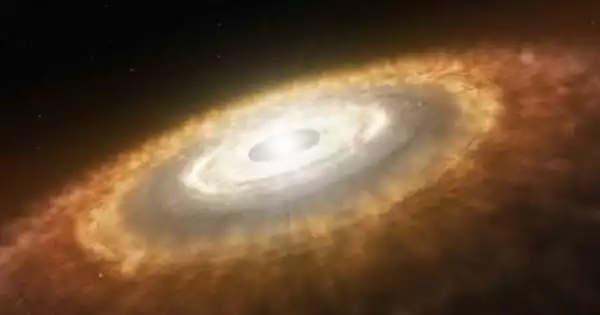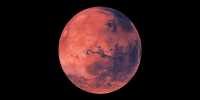Expectations have been repeatedly shattered throughout the search for thousands of planets orbiting other stars. Even when anticipating the unexpected, the planetary system HD 3167 is a surprise, with one planet acting regularly, a second circling at right angles, and a third behaving in an unusual manner. Planets develop with orbits that are generally aligned with the equator of their parent star, as we understand it. That is absolutely the case in our Solar System (the benefit of demoting Pluto is that it removed the one so-called planet that did not follow the criteria).
We do not always know where the equators of stars are located. The bulk of star systems are similar in the circumstances where we can discern them, yet there are more outliers than anybody imagined.
Planets in orbits that carry them over their star’s poles (or, even weirder, the opposite direction of the star’s spin) are thought to have been disturbed by the gravity of a bigger object, such as a huge planet or star.
All of this makes the case of HD 3167, which just been published in the journal Astronomy and Astrophysics, extremely perplexing. In this system, one star has an ordinary orbit that is almost parallel to the equator’s plane, and the other has an orbit that crosses virtually over the poles. We know less about a planet at a medium distance, but its orbit is assumed to be polar as well.
With orbits of only 23 hours, 8.5 days, and 29.8 days, all three are extremely near to their star. Their names are HD 3167b, d, and c, in that sequence, which is confusing. Because HD 3167s does not transit across its star’s face as seen from Earth, it was discovered later and with less information. The authors explain these findings by reasoning that an unknown object changed the orbits of the outer two worlds, more so in the case of c than in the case of d. Because a planet’s orbit is more firmly confined the closer it gets to its star, HD 3167b’s orbit appears to have remained relatively unchanged.
The explanation is straightforward, but the mechanics are not. There is most likely a small window of forces powerful enough to disturb the outer two universes but only slightly alter the inner one. Furthermore, once in their new orbits, the three planets would engage in a gradual gravitational tug of war, attempting to align their orbits. Its persistence is surprising, given that c and d have greater mass than HD 3167b.
Professor Vincent Bourrier of l’Université de Genève and co-authors of the research have initiated a search for the disruptive factor in the system, assuming it is a planet, in the hopes that its size and orbit may provide answers to certain concerns. Another possibility is that the pandemonium was created by a near contact with another system, which would be far more difficult to follow.
Even though their orbits are odd, the planets in the HD3167 system appear to be rather conventional. HD3167c and d appear to be somewhat smaller and lighter than Neptune is, but HD3167b is a “super-Earth” with a mass five times that of our planet. Even though HD3167 is a half-light orange dwarf, its innermost planet is close enough to be extremely hot. Even if they were rocky, HD3167 c and d would be considerably too hot for life, despite being colder.













